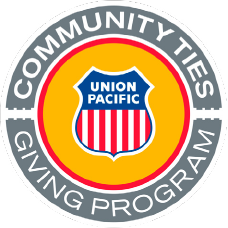Art Center East offers around 500 classes a year that bring community, creativity, and a lot of fun into our studios. If you have an artistic skill that you would like to share, we invite you to fill out a class proposal. Take a look at our calendar to get an idea of the types of classes we currently offer.
We are always interested in diversifying our selection - your unique artistic talents and perspective might be just what we're looking for! Our definition of art includes more than just the visual arts: music, dance, cooking, writing, traditional arts (like welding, blacksmithing, knitting, quilting, and basket weaving), healing arts, digital arts, and much more.
Frequently requested mediums include painting, ceramics, fiber arts, glass, jewelry, writing, drawing, kids’ classes, culinary, and photography. Specific requests include macramé, felting, embroidery, beading, shibori, watercolor, card making, meditation/mindfulness, batik, sculpture, foreign language, international cooking, stained glass, and collage.
Need help developing your idea? Contact 541-624-2800 or [email protected].
Do Teaching Artists Get Paid?
Yes! Art Center East is piloting two payment structures for ACE Teaching Artists. Each Teaching Artist must select one of these two pay rate options:
1. Sliding Scale Rate: Teaching Artists receive $8.00 per student per 60 minutes of instruction. ACE’s set minimum number of students is three (3); therefore, Teaching Artists never receive less than $24.00 per 60 minutes of instruction. (example: 6 students = $48.00 per hour)
2. Hourly Flat Rate: Teaching Artists receive $30.00 per 60 minutes of instruction. The Teaching Artist decides the minimum number of students for each class they teach. (example: 6 students = $30.00 per hour).
ACE is the grateful recipient of Avista Foundation, Oregon Community Foundation, Umpqua Bank Charitable Foundation, and Walmart Foundation funds that support the paid work of our Teaching Artists.
Tips for Designing a Successful Class:
1. Keep it short. Classes that meet only 1-2 times for 2 hours or less tend to get higher registration rates, especially if it's a new class. For mediums that really do require more class hours, just shorten as much as possible. Because students are charged based on number of hours, keeping things short also makes classes more affordable.
2. Teach a specific skill. Rather than proposing a class on "sculpture”, for example, propose a class in which participants create stacking ceramic totems. Open-ended creating is great for open studio time, but new students/artists need to start with basics they can build on. In addition, the "make & take" model — students create something or learn a skill in the class and leave with a piece of art in hand or a new skill in their toolkit — consistently gets the most registrations (that translates into more money for you).
3. New ideas. We try to attract as much of the community as possible, but we still consistently draw registrations from a relatively small group of people. Mixing up your offerings or trying a new way to teach your craft helps keep our regular audience engaged and may appeal to new people. Do you have a skill that you haven't seen represented in the class schedule? Submit a proposal! Tried the same approach for a while and not getting as many registrations? Try a new topic or approach.
Help Us Spread the Word!
Self-Promotion = Money
ACE creates a Facebook event for each class about 3 weeks prior to the first class date and also advertises classes on our website, via our electronic newsletter, and in our class schedule.
You Can Extend That Effort by Promoting Your Classes
1) By sharing events through your social media channels
2) Via paper flyers hung up around town (we're happy to provide our logo and/or design assistance + you can print black & white for free here!)
3) By telling people about it (word of mouth is the best advertisement there is!)


















